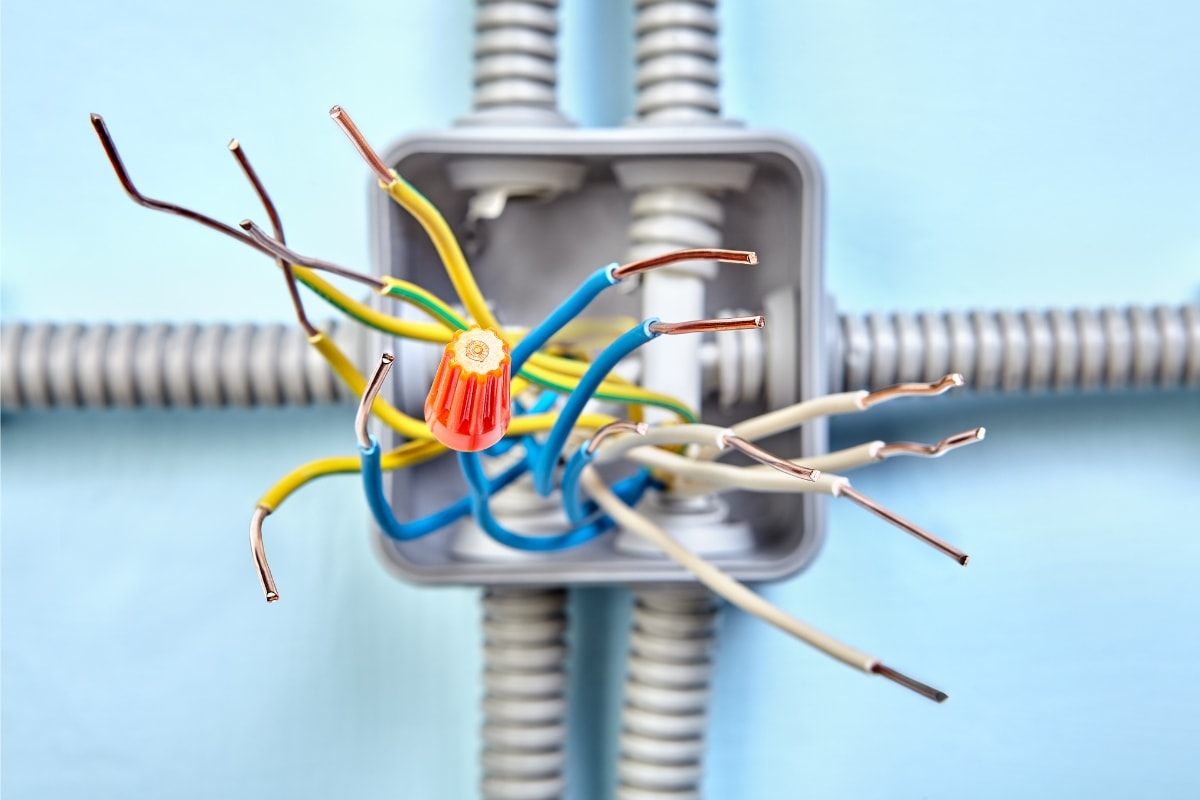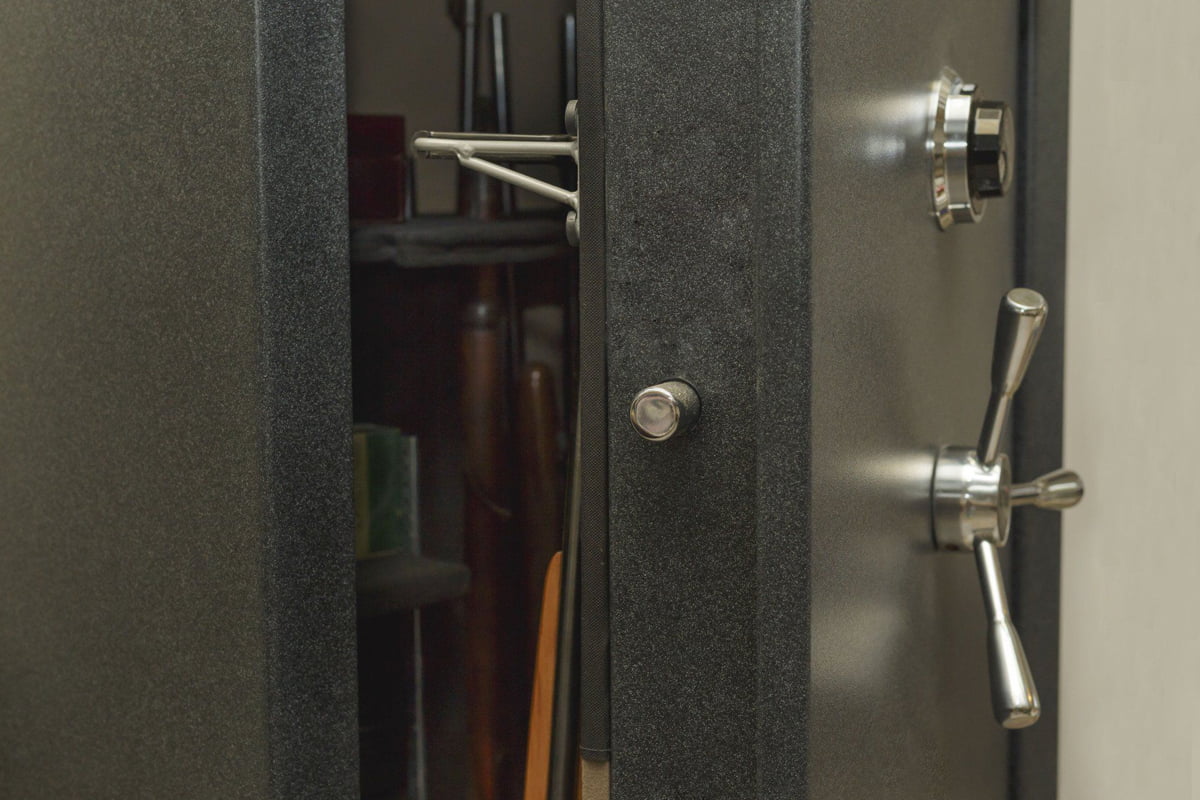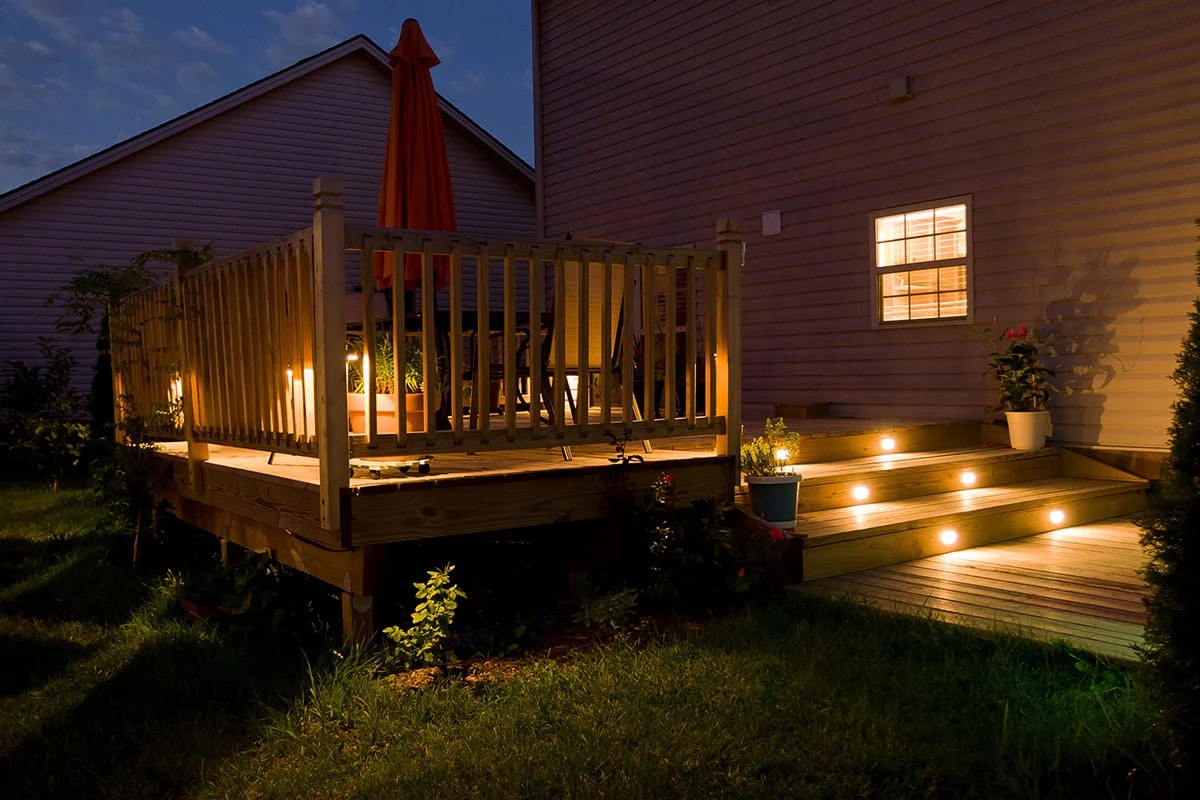What Is a Junction Box
A junction box, also known as a terminal box or j-box, is a box that provides a secure and organized space for connecting electrical wires. By housing the electrical connections, junction boxes protect them from external factors like moisture, dust, or physical impact. They also ensure the safe distribution of electrical power to various lighting fixtures or devices.
A junction box acts as a communal meeting place for all the electrical wiring within a building. It serves as a housing for electrical connections, providing a safe and organized environment for wires to be joined together. Inside the junction box, the electrical wires are connected using wire connectors or terminal blocks, ensuring a secure and reliable connection.
Junction boxes prevent electrical hazards such as short circuits and electrical fires. By enclosing the electrical connections, the junction box protects them from external elements like moisture, dust, and accidental contact. It also contains any sparks that could potentially ignite combustible materials in the event of a loose connection or short circuit.
Junction boxes are available in different sizes and types to accommodate various wiring needs. Some junction boxes are designed for specific applications, such as outdoor or hazardous environments, and come with additional features like weatherproofing or explosion-proofing.
The Importance of Junction Boxes
Junction boxes are an important device in electrical installations for several reasons.
Safety
Junction boxes provide a secure enclosure for electrical connections, reducing the risk of electrical shock or fire hazards. They protect the connections from accidental contact and environmental factors, ensuring the safety of both individuals and the lighting system.
Organization and Neatness
By keeping electrical connections organized and tidy, junction boxes facilitate troubleshooting, maintenance, and compliance with electrical codes. They prevent wires from becoming tangled or exposed, making repairs or modifications more efficient.
Protection of Electrical Components
Junction boxes shield electrical connections from external elements like dust, debris, and moisture. This protection extends the lifespan of electrical components, reducing the need for frequent repairs or replacements.
Maintenance and Troubleshooting
Junction boxes also provide a convenient access point for future maintenance or troubleshooting. If there is a need to modify or repair the electrical connections, the junction box can be easily opened to access the wires. This makes it easier to manage and organize the electrical wiring system.
Flexibility and Adaptability
Junction boxes provide a flexible solution for electrical installations. They allow for easy addition or modification of electrical connections without extensive rewiring. This adaptability is beneficial when changes or expansions to the lighting system are required.
Compliance With Electrical Codes
Junction boxes are a requirement in electrical installations to ensure compliance with electrical codes and regulations. By using junction boxes, professionals can adhere to these codes and ensure the safety and reliability of the lighting system.
Examples of Junction Boxes
There are various types of junction boxes used for different applications. When selecting a junction box for a specific lighting application, it is essential to consider factors such as the environment, wire capacity, and installation requirements. Here are some examples.
Standard Junction Box
The most common type used in lighting installations, available in different sizes and suitable for various wire gauges and connection needs.
Weatherproof Junction Box
Designed to withstand outdoor conditions, made of durable materials that resist moisture, dust, and other environmental elements.
Deep Junction Box
Used in complex lighting systems that require multiple connections, with a larger internal capacity to accommodate more wires and connections.
Surface-Mounted Junction Box
Installed on the surface of walls or ceilings when it is not possible or practical to install a junction box within the wall or ceiling cavity.
Octagonal Junction Box
Used for mounting light fixtures such as ceiling fans or pendant lights, providing a secure and stable base for attaching lighting fixtures.
Pull Box
Larger junction boxes used for wire splicing and cable management in commercial or industrial lighting installations.
Frequently Asked Questions
Is It OK to Put the Junction Box in the Ceiling
It is crucial to ensure that junction boxes are installed in easily accessible locations. Avoid placing a junction box in a hidden area within a wall or ceiling, as this would make it difficult to access the box in the future. Additionally, it is necessary to cover junction boxes with solid covers that do not have any openings.
What Happens if You Don’t Ground a Junction Box
If a junction box is not grounded, it can result in surges in the electricity. When a box is not properly grounded, the electricity is able to flow freely and can cause serious hazards such as electrocution or fire.
How High Does a Junction Box Need to Be
The recommended height for wall outlet boxes is typically around 12 inches from the top of the floor covering to the bottom of the receptacle box. Alternatively, it can be placed at a height of 16 inches to the top of the box.









